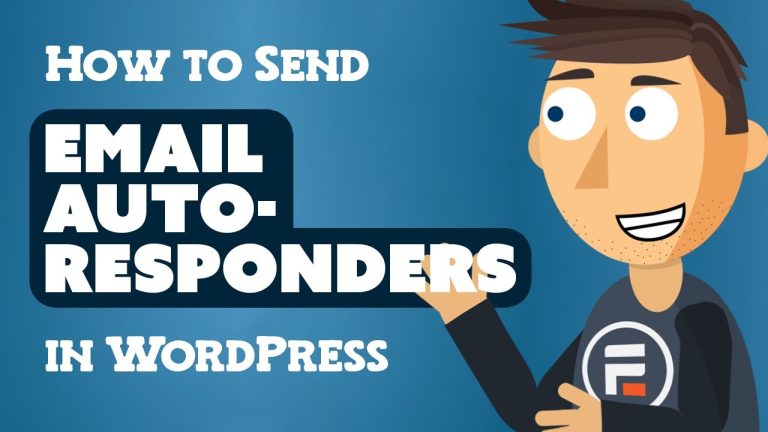 What Is Digital Marketing?
What Is Digital Marketing?
Digital marketing is any type of marketing that involves using online channels to connect with customers. Often, this includes content marketing and social media.
One of the biggest benefits of digital marketing is that it allows you to target a specific audience with personalized messages. That can be incredibly useful in driving conversions and sales.
Content Marketing
Content marketing is a form of digital marketing that uses a variety of different formats to deliver information to potential customers. These can include videos, blog posts, and downloadable resources.
The goal of content marketing is to attract attention, inform readers, and convince them to take action. This can include signing up for a newsletter or buying a product.
Creating effective content requires a clear understanding of your audience and the best format to use for each stage in the buyer’s journey. You can also increase the effectiveness of your content by using gated assets that require readers to give up their contact details or pay to download.
This can help increase the chances of your audience becoming a customer and increase your brand’s visibility. However, it is essential that you regularly measure the results of your content and analyze your audience data. This can help you create more relevant, engaging content in the future.
Social Media Marketing
Social media marketing (SMM) is the process of promoting brands and businesses on popular social platforms such as Facebook, Twitter, Instagram, LinkedIn, and Pinterest. It can help companies reach out to potential customers, increase brand awareness, build a strong online presence, and improve sales.
A successful SMM strategy includes creating unique content, engaging with your audience, and building a community. It also involves developing a posting schedule and tracking how well your content is performing.
SMM is a great tool for small and midsize businesses because it allows them to target their audience and increase brand recognition. However, it requires time and resources to be effective.
A strong social media program requires alignment between marketing and sales teams, as well as support from senior stakeholders in the organization. A successful SMM strategy needs to include a personable tone, which Sprout’s 2022 Index ™ data shows consumers want more of.
Search Engine Optimization (SEO)
Search engine optimization (SEO) is a long-term digital marketing strategy that improves your website’s visibility in search engines like Google. The goal is to generate traffic and increase leads.
The key to SEO is understanding your customers’ search queries and optimizing your content around those terms. This can involve keyword research, creating optimized copywriting, or curating high-quality content for your site.
It’s important to remember that SEO won’t produce results if it’s done in the wrong way, so avoid using black hat strategies such as keyword stuffing or link scraping. Those tactics can work for a short period of time, but they’ll eventually lead to your site being penalized by Google.
Besides keywords, SEO also focuses on content, links, and site structure. This involves optimizing the URL of your site to incorporate relevant keywords, creating content that is relevant to your target market, and ensuring your site’s HTML is clean and easy for Google to read.
Email Marketing
Email marketing is an effective tool for promoting your business’s products and services. It can include newsletters, sales promotions, and other types of emails that keep your audience up to date with your latest offers and events.
Emails can be sent to new customers, existing clients, or any group of people you want to reach. The key is to create targeted messages that are relevant and personalized.
Some of the most common email campaigns include newsletters, sales promotions, and invitations to online webinars and events. These can help your brand gain more visibility and build trust with your customers.
Cross-selling and upselling are also great ways to monetize your emails and boost your sales. These types of emails promote other products that your subscribers may be interested in, such as a phone case if they bought a smartphone.
Another important factor is to send emails on days when your audience is not too busy or distracted by other tasks. For example, Tuesday, Wednesday, and Thursday are the most popular times for people to read their emails.






